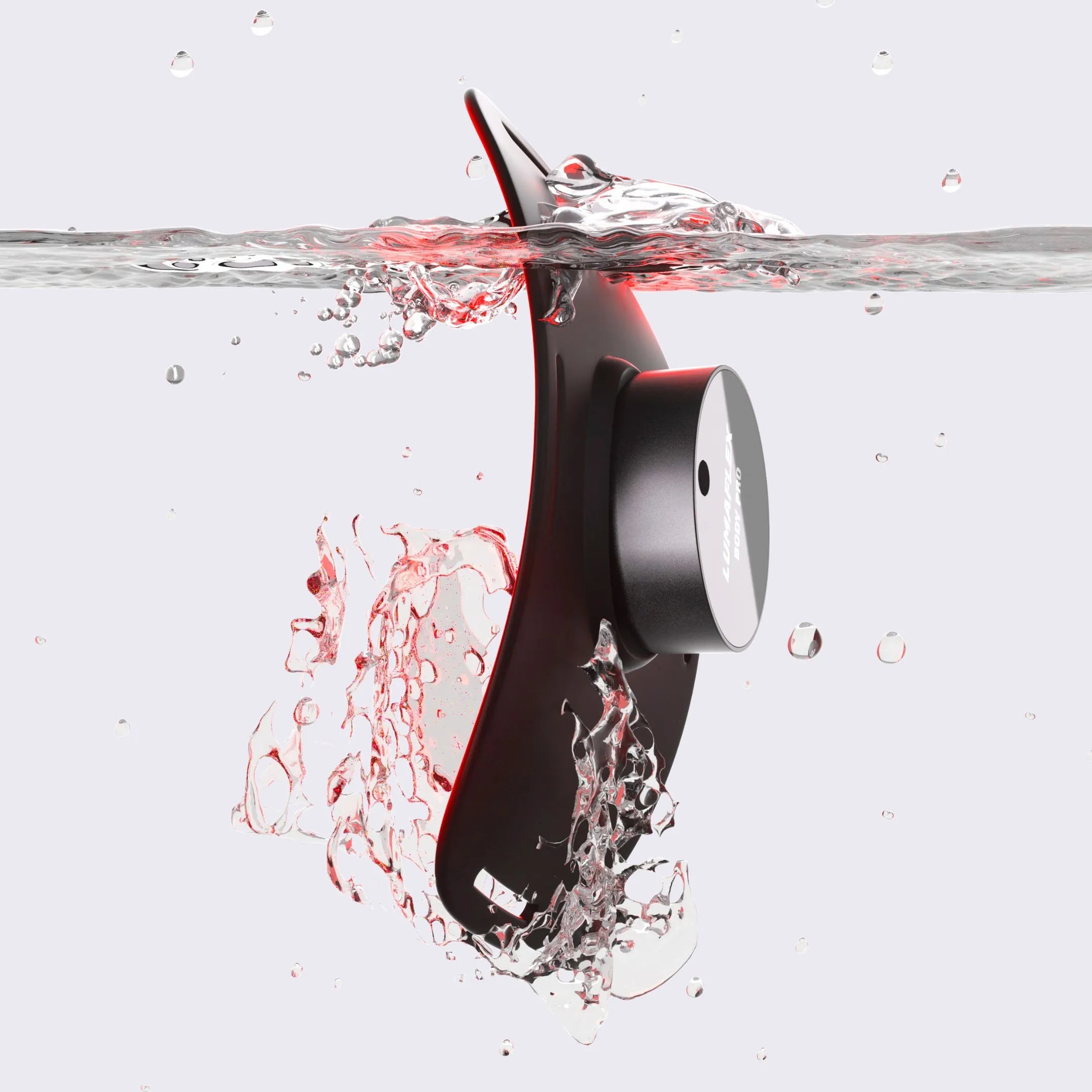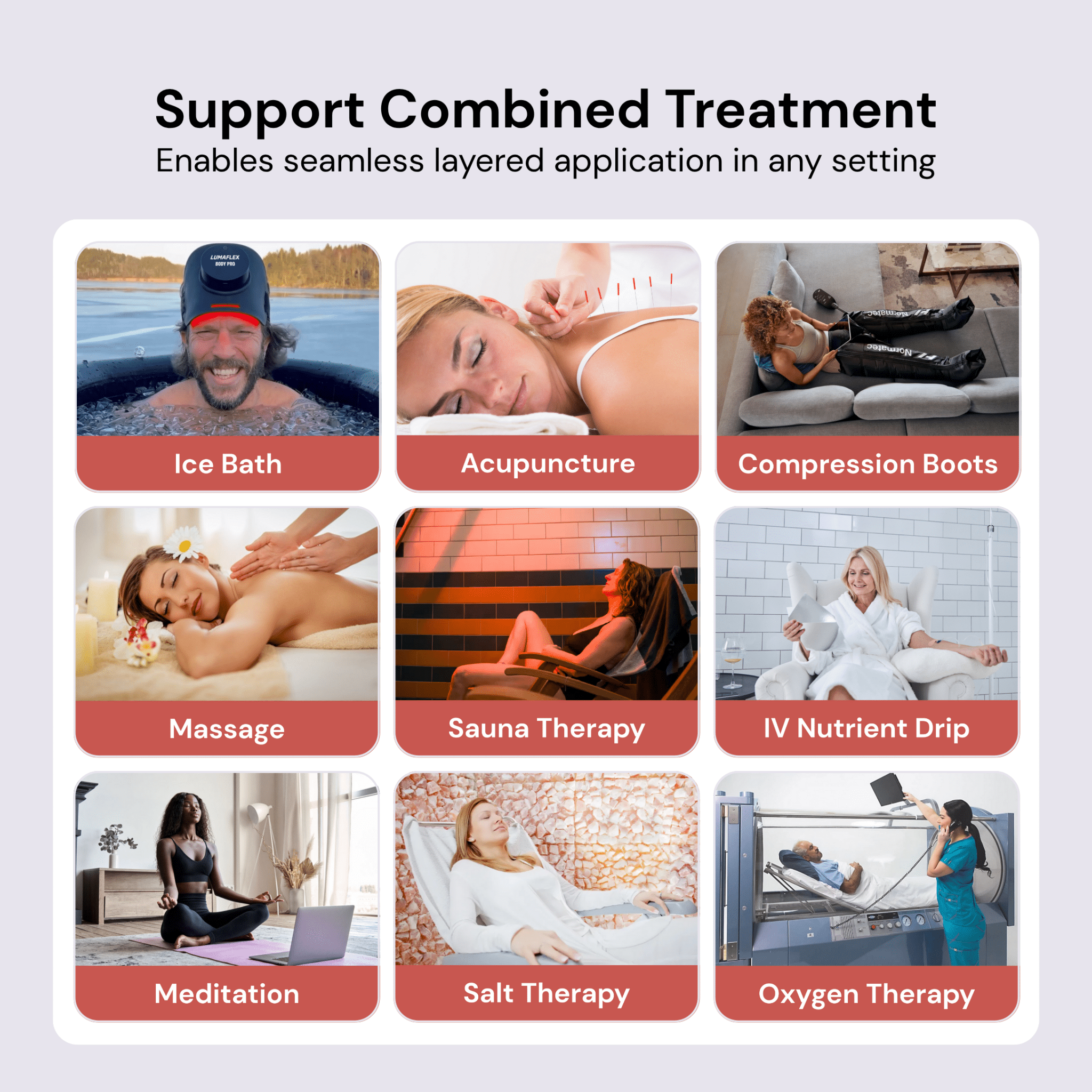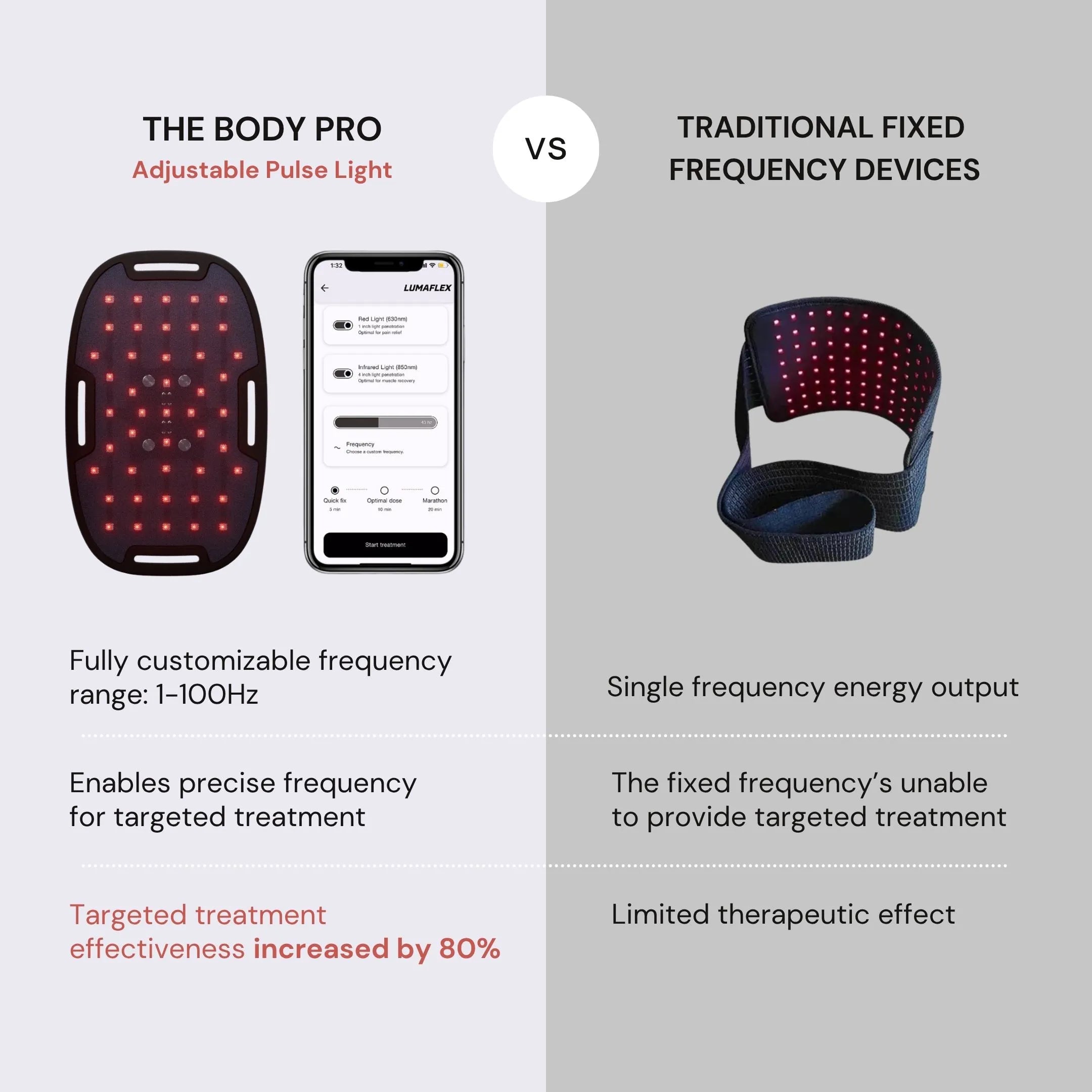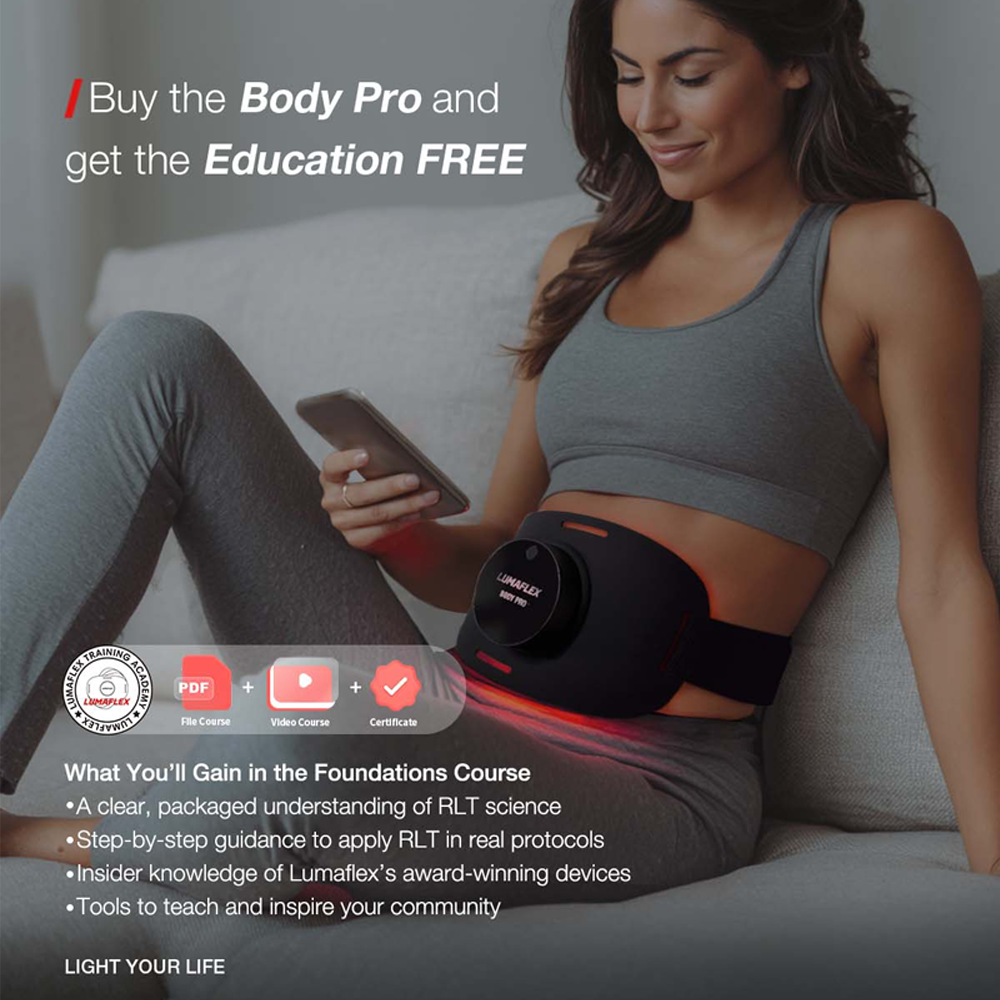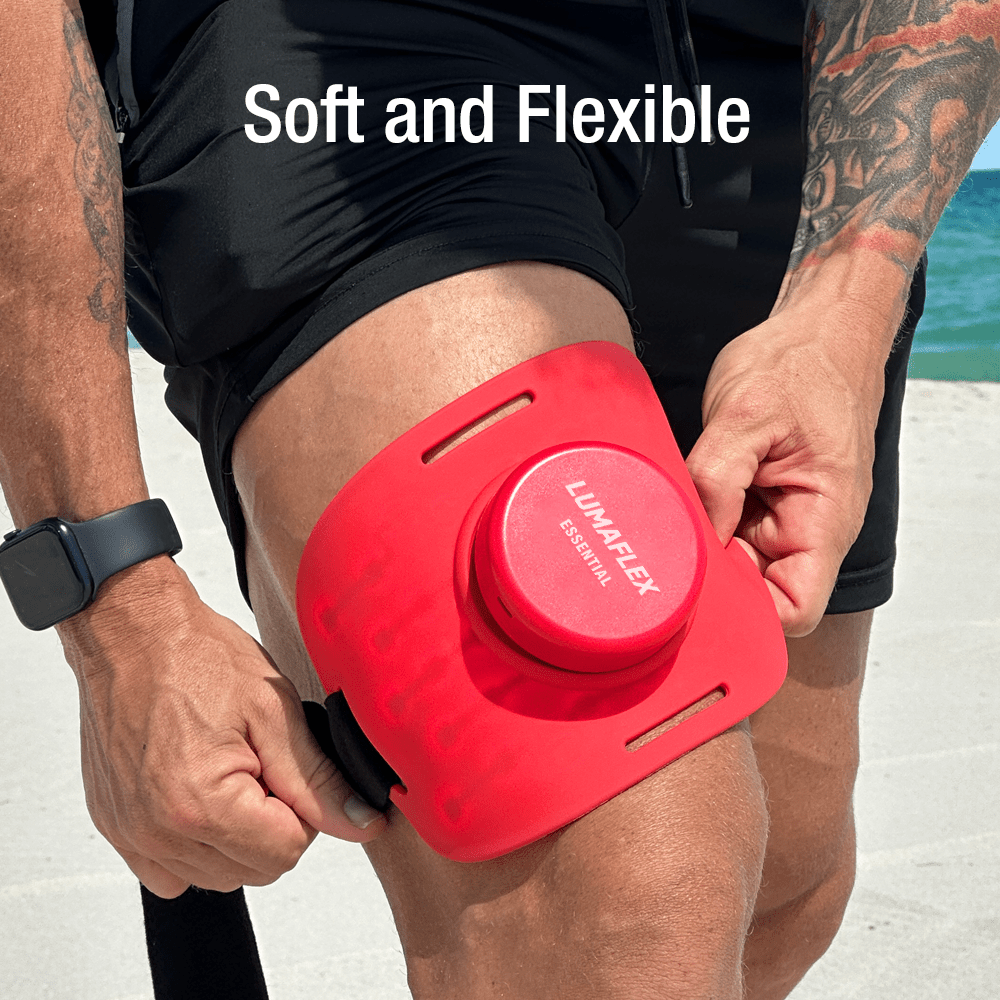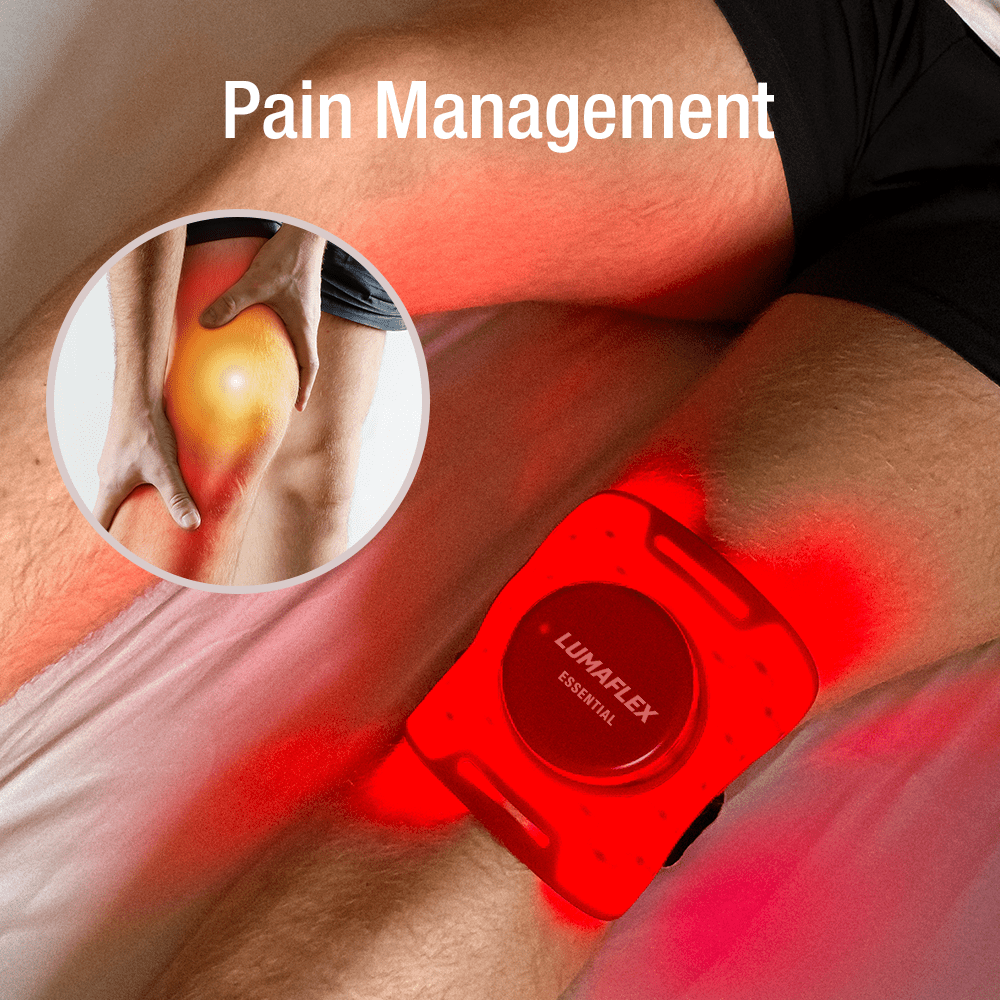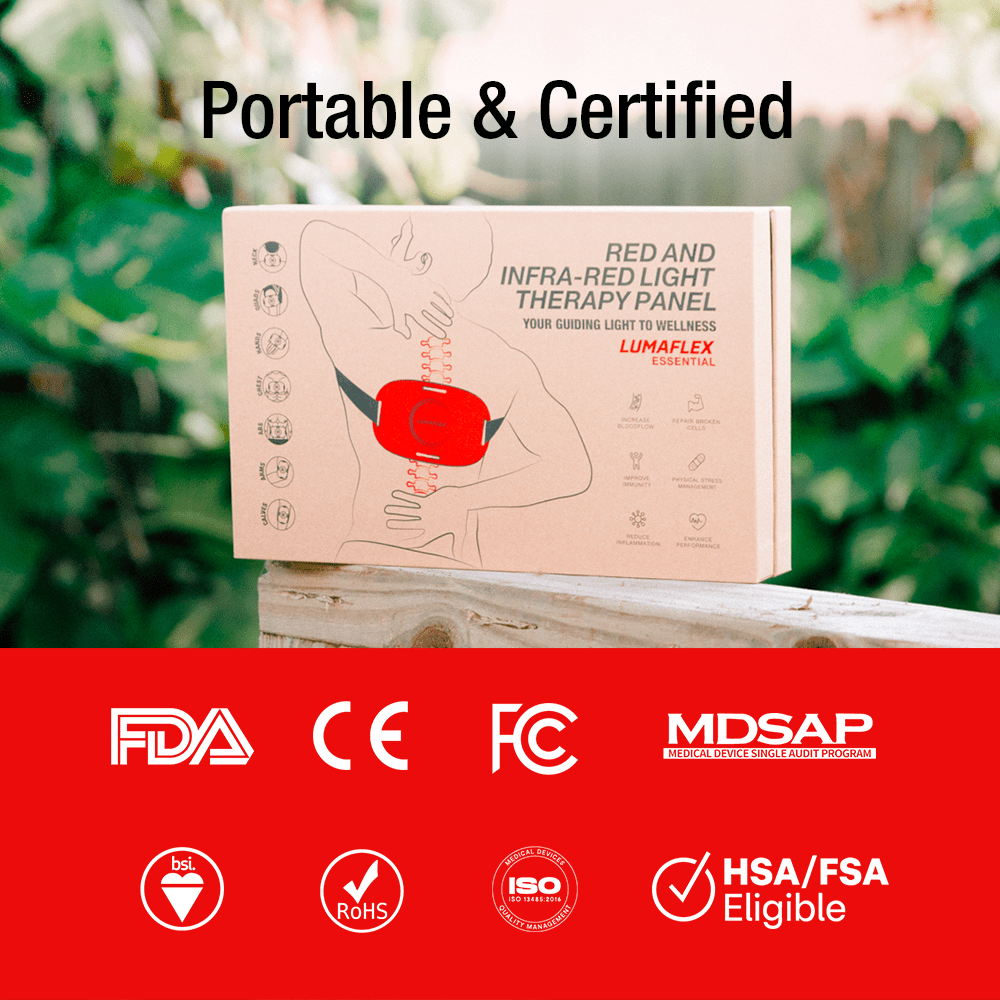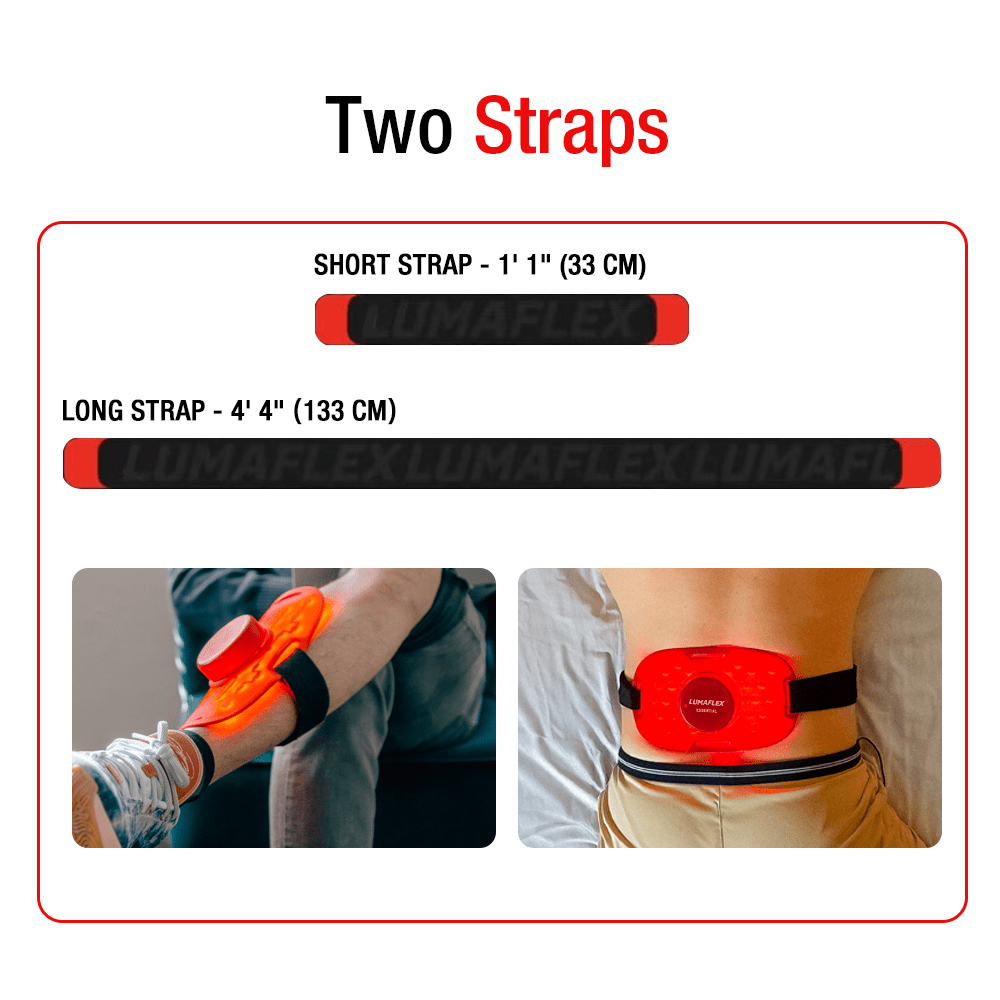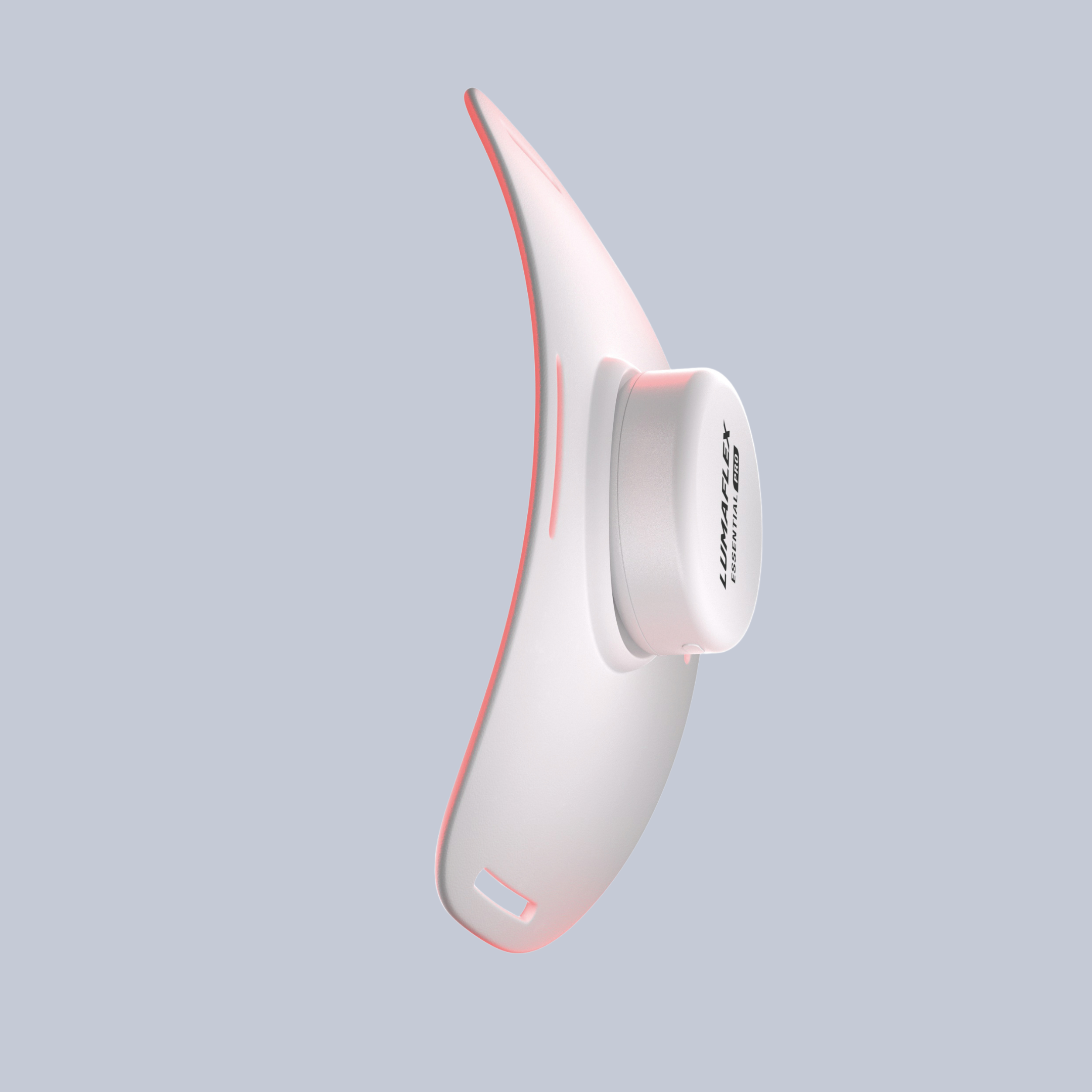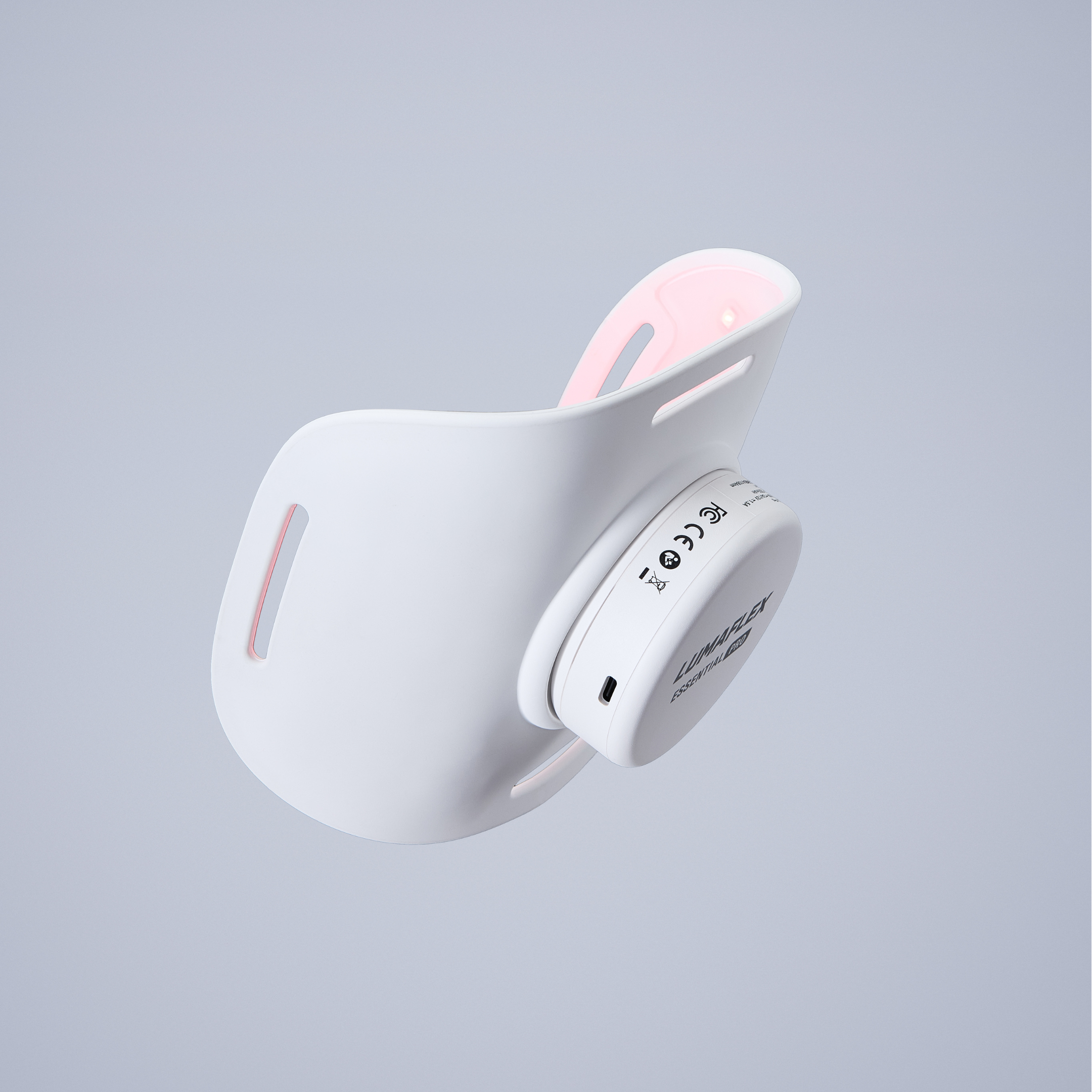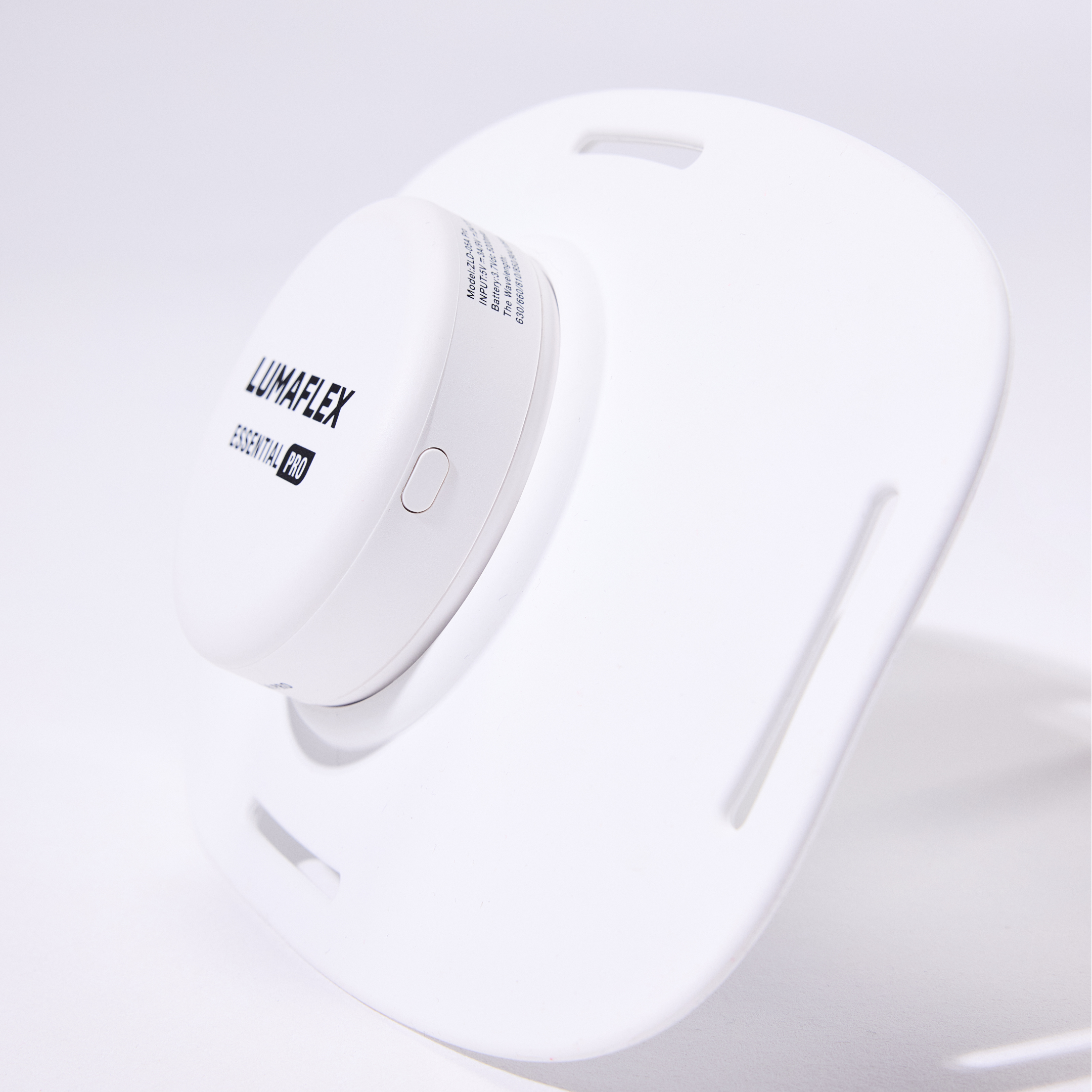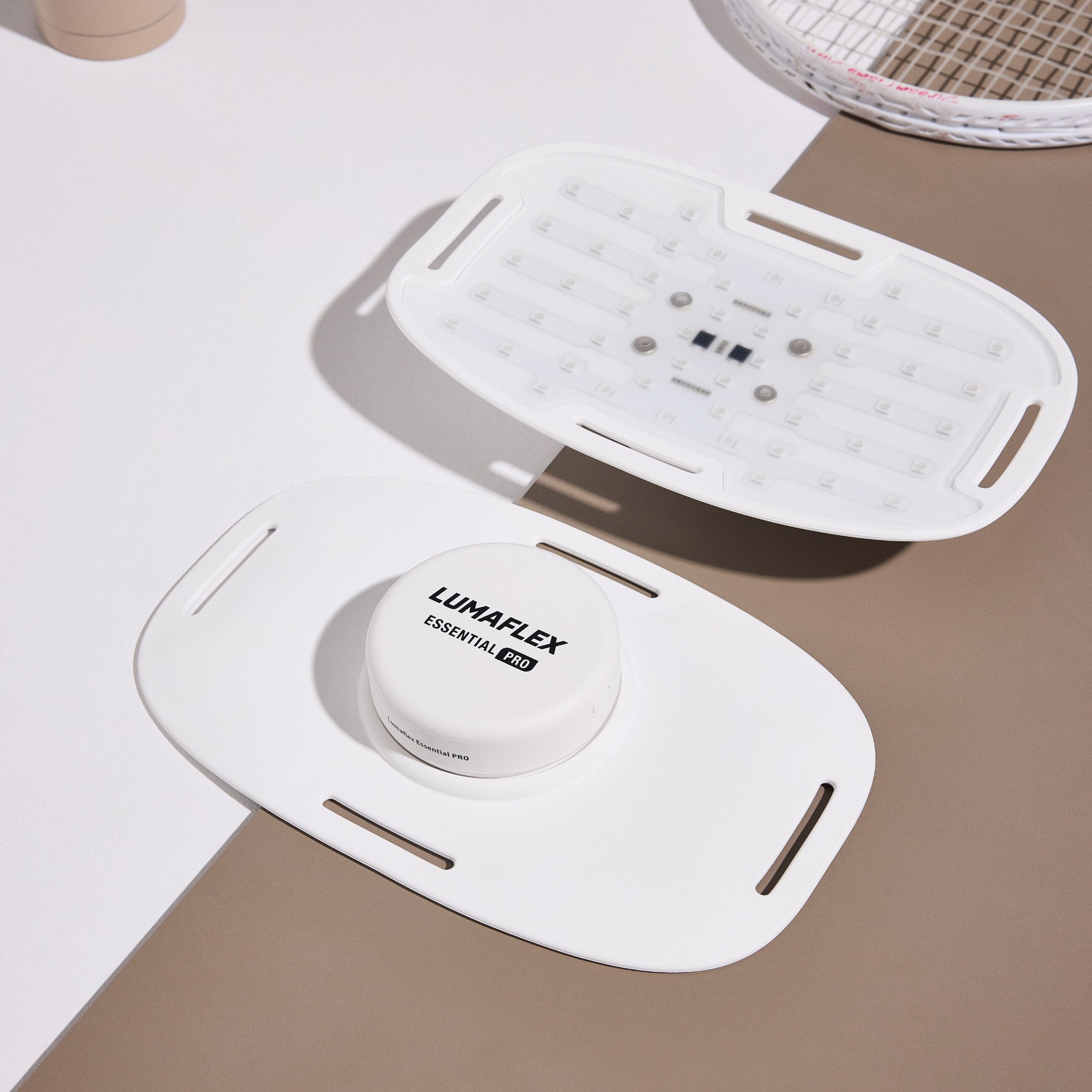How to Relax Shoulders: 10 Proven Methods for Office Workers

Why Relaxing Your Shoulders Matters
How to relax shoulders: It’s 3 PM on a Wednesday, and your shoulders feel like heavy, unmovable blocks weighing you down. You try to focus on your work, but the stiffness and discomfort keep distracting you. Shoulder tension isn’t just an annoyance; it’s a silent productivity killer that affects countless office workers daily.
The costs go beyond mere discomfort. Chronic tension can lead to poor sleep, increased stress levels, and even headaches. Over time, these issues can diminish your focus, decrease your efficiency, and impact your overall wellbeing. In fact, studies show that 73% of office workers experience daily shoulder tension, with 40% reporting it hampers their work performance.
This tension doesn’t just appear out of nowhere. It builds throughout the day, often worsening as fatigue sets in. Ignoring it means letting discomfort accumulate, making it harder to find relief later.
But there’s good news. In this guide, you'll discover 10 evidence-based methods for how to relax shoulders, whether you need a quick fix during your workday or long-term strategies for prevention. Our goal is to help you find relief now and stay pain-free in the future.
Why Your Desk Job is Destroying Your Shoulders
The Perfect Storm of Modern Work
Modern office routines set the stage for shoulder problems. The main culprits include:
- Forward head posture: Leaning into screens causes your head to jut forward, increasing strain on neck and shoulder muscles.
- Rounded shoulders: Keyboard and mouse positioning often encourage slouching, leading to poor alignment.
- Static muscle contractions: Holding the same position for 6-8 hours results in fatigue, stiffness, and tightness.
- Stress manifesting physically: Workplace pressure can increase muscle tension, creating a cycle of discomfort.
- Inadequate movement breaks: Sitting for long stretches impairs circulation, reduces flexibility, and delays muscle recovery.
The Hidden Health Costs
Chronic shoulder tension doesn’t just make you uncomfortable; it affects overall health and wellbeing:
- Sleep quality: Tension and soreness in the evening can interfere with restful sleep, leading to fatigue.
- Headaches: Muscle strain and poor posture often trigger frequent headaches.
- Reduced productivity: Discomfort distracts from tasks, hampers focus, and diminishes work performance.
- Long-term issues: Persistent poor posture can cause muscular imbalances and structural changes needing extensive correction.
- Mental health impacts: Chronic pain and frustration can increase stress levels and affect mood and motivation.
Understanding how your desk job contributes to shoulder issues underscores the importance of targeted strategies to prevent and reverse this damage.
Quick Shoulder Relief: How to Relax Shoulders
Experiencing shoulder tension during a busy workday doesn’t mean you’re out of options. Whether you have 30 seconds or a full five minutes, there are practical, proven techniques to provide immediate relief and keep discomfort at bay.
30-Second Desk Fixes
Short on time? These quick fixes can be done during calls or between emails:
- Shoulder blade squeezes: Sit upright, squeeze your shoulder blades together, hold for 3-5 seconds, then release. Repeat 10 times to activate postural muscles.
- Neck releases: Gently tilt your head side-to-side and forward, holding each stretch for 5 seconds to relieve tension.
- Shoulder shrugs: Lift shoulders toward ears, hold for 2 seconds, then relax with a deep breath. Repeat 10 times for quick tension relief.
- Posture reset: Check your alignment, tabletop level eyes, relaxed shoulders, feet flat, to restore proper posture. These simple actions can be a quick reset when tension builds during busy work hours.
2-Minute Movement Breaks
A slightly longer break can be more effective:
- Shoulder roll sequence: Roll shoulders forward for 10 reps, then backward for 10 reps to loosen muscles.
- Cross-body arm stretches: Reach across your chest, hold the opposite arm with your hand, and pull gently. Switch sides, holding each stretch for 10-15 seconds.
- Doorway chest stretch: Stand in a doorway with arms at 90 degrees, step forward to stretch your chest and shoulders.
- Gentle neck rotations: Slowly turn your head side to side, holding each position for 5 seconds, ensuring safe movement. Timing these with natural work breaks helps integrate movement without disrupting workflow.
5-Minute Comprehensive Routines
For deeper relief, a 5-minute routine can make a significant difference:
- Progressive muscle relaxation: Tense each muscle group for 5 seconds, then release, starting from shoulders down to fingertips.
- Deep breathing integration: Use the 4-7-8 breathing technique. Inhale for 4 seconds, hold for 7, exhale for 8—coupled with gentle movements to enhance relaxation.
- Full upper body sequence: Combine shoulder rolls, arm stretches, and neck releases into a mindful flow, focusing on awareness and breath.
- Creating a break space: Dedicate a corner or desk area for these routines, making it easy to step away and reset periodically.
End-of-Day Decompression
Wrapping up the day with targeted techniques helps prevent lingering tension:
- Heat therapy: Use a heating pad or warm towel on shoulders, available in office-friendly portable formats, to relax tight muscles.
- Self-massage techniques: Gently press trigger points using tennis balls or massage tools to release knots.
- Transition rituals: Establish a mental shift from work mode to personal time. Stretch, breathe deeply, or listen to calming music.
- Evening setup: Position your pillow for proper support and practice light stretches before bed.
- Equipment recommendations: Invest in portable massage tools, heating pads, or ergonomic accessories for easy application at the office, supporting long-term relief.
Implementing these targeted solutions throughout your workday can rapidly reduce shoulder tension, making your workday more comfortable and productive.
Modern Tools for Ancient Problems
Addressing shoulder tension today isn’t just about exercises; it’s also about leveraging technology and ergonomic tools to create a healthier workspace. The right setup and smart devices can significantly reduce strain and promote better posture, making relief more accessible and sustainable.
Workspace Optimization
Optimizing your workstation is foundational. Start with monitor positioning: your screen should be at eye level, about an arm’s length away, to prevent forward head posture. Use adjustable stands or mounting arms, priced between \20 to \100, to achieve this goal. Chair adjustments are equally vital. Ensure your armrests are at elbow height and your backrest supports the natural curve of your spine. Many ergonomic chairs ($150–$500) allow customizable adjustments.
Keyboard and mouse placement should promote neutral wrist positioning: keep them close to your body and avoid reaching forward. Use ergonomic keyboards and mice ($30–$150) designed for comfort. Proper lighting minimizes eye strain and prevents leaning forward, consider adjustable LED lamps around $20–$50.For those using a standing desk, adopt a transition strategy by alternating between sitting and standing every 30-60 minutes. Workplace cable management solutions ($10–$40) reduce reach and twisting, preventing unnecessary shoulder strain.
Smart Technology Integration
Modern tech tools enhance posture health further. Posture monitoring apps (e.g., Upright, $50–$100/year) provide real-time feedback, alerting you to slouching or forward head positions. Break reminder software (like Time Out or Workrave, free or low-cost) can be customized to prompt movement every 20-30 minutes, encouraging healthy movement habits.
Wearable devices such as vibration-timed posture trainers ($80–$150) track tension and prompt you to adjust. For those seeking advanced relief, red light therapy devices ($100–$300) are designed to reduce muscle inflammation and promote healing, using protocols appropriate for office environments.
Online ergonomic assessment tools ($0–$50) guide your workspace setup via virtual evaluations, while voice-to-text software reduces repetitive typing, mitigating shoulder and neck strain.
When evaluating investments, weigh the cost-benefit: ergonomic tools and apps can prevent costly health issues and improve productivity, making them worthwhile, especially in environments where shoulder discomfort is frequent.
Red Light Therapy: The Science-Backed Solution
Red light therapy has emerged as a breakthrough treatment for muscle tension and inflammation. Clinical studies show that near-infrared light (630-850nm wavelength) penetrates deep into muscle tissue, stimulating cellular repair and reducing inflammation by up to 40%.
For office use, consider portable devices like the Lumaflex Body Pro ($689), which can be used during lunch breaks or while working. Treatment protocols typically involve 10-15 minute sessions, 3-4 times per week, positioned 6-12 inches from the affected area. The therapy increases ATP production in cells, accelerating healing and reducing muscle stiffness.
Many users report noticeable relief within 2-3 weeks of consistent use. The devices are silent and emit no heat, making them perfect for discrete office treatment. Investment costs range from $399-$689, but the long-term benefits often outweigh the initial expense, especially when compared to ongoing massage therapy costs.

Posture Apps and Wearables: Your Digital Wellness Coach
Modern posture-tracking technology has revolutionized how we monitor and correct our alignment. The Upright Go 2 ($79) is a small device that adheres to your upper back and vibrates when you slouch, training your body to maintain proper posture throughout the day.
Smartphone apps like PostureScreen Mobile ($59.99) allow you to assess your posture using your phone's camera, providing before-and-after comparisons to track improvement. For comprehensive monitoring, the Lumo Lift ($79) tracks not just posture but also daily activity, providing insights into movement patterns that contribute to shoulder tension.
These tools work by creating awareness. Studies show that people improve their posture by 30% within the first week of using feedback devices. The key is consistent use; most effective users wear devices 6-8 hours daily during the initial training period, then reduce maintenance use.
Building Bulletproof Shoulders for Desk Warriors
Strengthening your shoulders and surrounding muscles is vital for long-term relief and resilience. Incorporating micro workouts into your daily routine, engaging in weekly strength-building activities, and focusing on postural rehabilitation can transform your body’s capacity to withstand prolonged sitting.
Daily Micro-Workouts
Even a few minutes daily can significantly improve shoulder stability and reduce tension. Resistance band exercises are ideal for office setups; loops are inexpensive ($10–$20) and portable. Try shoulder presses or rows by anchoring the band to a sturdy point. Isometric holds, such as pressing your palms together or pushing against a wall. Build strength without equipment, hold for 10-15 seconds and repeat multiple times. Wall-assisted stretches, like chest openers or shoulder circles, use your office walls to deepen the stretch safely.
Incorporate stair climbing protocols, using the stairs for quick ascents and descents during breaks, boosting circulation and overall vitality. Desk-supported movements, such as modified push-ups or dips using your desk edge, can be performed in short bursts. The key is to integrate these exercises seamlessly into your work routine, taking a moment during breaks or after meetings to move actively, preventing stiffness before it sets in.
Progressive Exercise Protocols: Building Strength Systematically
Week 1-2: Foundation Building
Start with basic movements focusing on form over intensity. Perform shoulder blade squeezes for 10 repetitions, holding each squeeze for 3 seconds. Progress to wall push-ups (10-15 reps) and doorway chest stretches (hold for 15-20 seconds, repeat 3 times). This foundation phase activates dormant postural muscles and establishes movement patterns.
Week 3-4: Strength Integration
Increase resistance with elastic bands. Perform face pulls (2 sets of 12-15 reps), external rotations (2 sets of 10 per arm), and rowing motions (2 sets of 15 reps). Hold isometric positions like wall sits with arms raised for 20-30 seconds. This phase builds endurance in stabilizing muscles.
Week 5+: Advanced Conditioning
Incorporate compound movements that challenge multiple muscle groups. Try single-arm planks (hold for 15-20 seconds per side), bear crawl holds (30-45 seconds), and resistance band pull-aparts with various arm positions. Advanced practitioners can add light weights or increase repetitions by 20-25%.
Form Cues and Safety Guidelines
Critical Form Points:
- Keep shoulder blades down and back during all exercises
- Maintain neutral spine alignment. Avoid arching or rounding
- Breathe consistently; exhale during exertion, inhale during release
- Move slowly and controlled; avoid jerky or bouncing movements
- Stop immediately if you feel sharp pain or numbness
Common Mistakes to Avoid:
- Lifting shoulders toward ears during movements
- Allowing head to jut forward during exercises
- Using momentum instead of muscle control
- Skipping warm-up movements before strength exercises
- Ignoring pain signals and pushing through discomfort
Weekly Strength Building
For more sustained progress, dedicate weekly time to structured exercises. Office-friendly yoga sequences, like gentle shoulder rolls, downward dogs, and cat-cow stretches, enhance flexibility and calm tense muscles. Pilates principles emphasizing core engagement support shoulder stability; planks and shoulder bridges are excellent options.
If you access a gym, targeted exercises such as dumbbell shoulder presses, lateral raises, and face pulls are highly effective for reinforcing weak postural muscles. Swimming offers full-body tension relief, engaging muscles in a low-impact environment and improving range of motion.
For those with limited access to equipment, bodyweight routines at home, like push-ups, dips, and arm circles, are effective, especially when progressively intensified. Adjust intensity gradually, paying attention to proper form to prevent injury and ensure continuous improvement.
Postural Rehabilitation
Addressing muscle imbalances and poor posture is crucial. Identifying patterns, such as dominant side tightness or weak upper back muscles, guides corrective exercises. Specific protocols for reversing forward head posture include chin tucks and neck retractions, performed daily to restore alignment. Improving thoracic spine mobility through thoracic extensions over a foam roller or seated twists enhances upper back flexibility, relieving shoulder stress.
Diaphragmatic breathing techniques promote proper breathing patterns, reducing reliance on chest breathing that exacerbates tension. Regular self-evaluations, such as mirror checks or simple mobility tests, aid in monitoring progress.
For optimal results, consult a physical therapist or posture specialist periodically to develop personalized plans, ensuring exercises target your unique needs and accelerate recovery.
Relaxing Your Mind to Release Your Shoulders
Stress significantly impacts muscle tension, especially in the shoulders. Managing stress effectively involves both in-the-moment techniques and creating environments conducive to relaxation, facilitating better muscle recovery and mental clarity.
Workplace Stress Reduction
Implementing mindfulness techniques, like taking brief micro-meditations between tasks, can calm the nervous system and reduce muscle tightness. Setting clear boundaries around your workload and expectations helps prevent overwhelm and allows for mental space to relax.
Small environmental modifications, such as adding calming elements like plants or soft lighting, create a soothing workspace. Effective time management, with scheduled breaks and realistic deadlines, keeps pressure manageable and prevents tension from building up.
Open communication with colleagues and supervisors about workload or stressors fosters understanding and support. Building supportive relationships at work creates a network where concerns can be shared, reducing feelings of isolation and stress.
Evening Recovery Practices
At day's end, focus on techniques to unwind and reset your body and mind. Progressive muscle relaxation systematically tenses and releases muscle groups, starting from your toes to shoulders, promoting full-body tension release.
Gentle yoga flows with restorative poses like child’s pose or thread the needle help stretch and relax shoulders and upper back. A warm bath, ideally with Epsom salts, applied at a comfortable temperature for 15-20 minutes, can soothe tense muscles and improve circulation.
Good sleep hygiene, using the right pillow position, maintaining a cool, dark bedroom, supports restorative sleep, which is essential for muscle repair and mental health. On weekends, engaging in deeper relaxation routines, such as longer meditation sessions or nature walks, enhances recovery.
Finally, establishing clear boundaries between work and personal life, such as turning off work emails and device notifications, reduces ongoing stress and provides space for complete relaxation.
When to Call in the Experts
Recognizing when shoulder pain requires professional intervention is crucial to prevent further injury. Watch for warning signs such as pain persisting more than 72 hours, numbness or tingling sensations in your arms or hands, or weakness that interferes with daily activities.
If you experience a reduced range of motion, pain radiating to your neck or upper back, or sleep disruptions caused by discomfort, it's time to seek expert help. These symptoms could indicate underlying conditions that need targeted treatment.
Professional Treatment Options
When shoulder discomfort persists or worsens, seeking professional treatment can provide targeted relief and prevent further injury. Here are some key options:
- Physical Therapy: Involves individualized exercises, manual techniques, and modalities to restore shoulder strength, improve flexibility, and enhance overall function, often with measurable progress over time.
- Massage Therapy: Utilizes techniques such as deep tissue, Swedish, or myofascial release to release muscle tension, improve circulation, and promote relaxation, which can alleviate pain and stiffness.
- Chiropractic Care: Focuses on spinal and joint adjustments to correct misalignments, relieve nerve impingements, and reduce pain, supporting overall musculoskeletal health.
- Occupational Therapy: Provides workplace assessments and ergonomic modifications to optimize your work environment, helping to prevent re-injury and improve posture during daily tasks.
- Medical Consultation: A comprehensive review by a healthcare provider to diagnose underlying issues, including imaging tests, and to develop a personalized treatment plan or consider medications or injections if needed.
- Acupuncture: Involves inserting fine needles at specific points to stimulate healing, reduce pain, and relax tight muscles, often used as a complementary therapy.
- Pain Management: Includes medications or minimally invasive procedures like injections, prescribed by a healthcare provider to control acute or chronic pain.
- Sports/Orthopedic Specialist: Offers specialized assessment and treatment for musculoskeletal injuries, chronic conditions, or complex cases requiring expert intervention.
What to Expect: Your First Professional Visit
Initial Assessment Process:
A comprehensive evaluation typically lasts 45-60 minutes and includes posture analysis, range of motion testing, strength assessments, and discussion of work habits. Professionals often use tools like inclinometers to measure precise angles of dysfunction and may photograph your posture for baseline comparisons.
Treatment Timeline Expectations:
Most patients see initial improvement within 2-3 sessions, with significant progress after 6-8 weeks of consistent treatment. Physical therapy typically involves 2-3 sessions per week initially, tapering to once weekly as you progress. Massage therapy may provide immediate relief but requires ongoing sessions (weekly or bi-weekly) for sustained benefits.
Insurance and Cost Considerations:
Physical therapy is often covered by insurance with a physician referral, typically requiring co-pays of $20-$50 per session. Out-of-pocket costs range from $75-$150 per session. Massage therapy is less commonly covered but may qualify under flexible spending accounts. Many clinics offer package deals that reduce per-session costs by 15-20%.
Choosing the Right Professional
Questions to Ask Potential Providers:
- "What's your experience treating computer-related shoulder issues?"
- "What's your typical treatment approach and timeline?"
- "Do you provide workplace ergonomic assessments?"
- "How do you measure progress and adjust treatment plans?"
- "What home exercises will you teach me?"
Red Flags to Avoid:
- Providers who guarantee immediate or permanent cures
- Those who don't perform thorough initial assessments
- Professionals who don't explain treatment rationales
- Clinics that pressure you into long-term contracts upfront
- Providers who dismiss your concerns or don't listen actively
Frequently Asked Questions
Q: How quickly can I expect to see improvement in my shoulder tension?
A: Most people notice some relief within 24-48 hours of implementing basic stretching and posture corrections. Significant improvement typically occurs within 2-3 weeks of consistent daily practice. For chronic tension that's been present for months or years, allow 6-8 weeks for substantial change. The key is consistency. Doing small amounts daily beats sporadic intensive efforts.
Q: Can I do these exercises during video meetings without looking obvious?
A: Absolutely! Several exercises work perfectly during calls. Shoulder blade squeezes, gentle neck tilts, and posture resets are virtually invisible on camera. Sit slightly back from your camera so your shoulders aren't in frame, allowing for subtle shoulder rolls. Save more obvious movements, like doorway stretches for breaks between meetings.
Q: What's the difference between normal muscle tension and something more serious?
A: Normal tension feels like tightness or stiffness that improves with movement and stretching. Concerning symptoms include sharp, shooting pains; numbness or tingling in arms or hands; weakness that affects your ability to lift objects; or pain that worsens progressively despite rest and stretching. If symptoms persist beyond 72 hours or interfere with sleep, consult a healthcare provider.
Q: How do I convince my employer to invest in ergonomic improvements?
A: Present the business case: ergonomic interventions reduce workers' compensation claims by up to 40% and increase productivity by 25%. Prepare a proposal highlighting current pain points, specific solutions needed, and expected return on investment. Many employers offer wellness budgets or reimbursement programs you may not know about. Start with low-cost items like monitor stands or ergonomic accessories to demonstrate value before requesting larger investments.
Q: Are there different solutions for people who work from home versus traditional offices?
A: Yes, home workers often face unique challenges like kitchen table setups or shared spaces. Home solutions focus more on portable equipment, laptop stands, external keyboards, and cushions for dining chairs. Traditional office workers can often request permanent ergonomic furniture and have more space for movement. Remote workers benefit more from scheduled movement reminders since they lack natural transitions that office environments provide. Yet, both can benefit from portable red light therapy devices such as Lumaflex.
Your Journey to Pain-Free Work Starts Today
Shoulder tension doesn't have to be an inevitable part of your work life. The 10 methods outlined in this guide, from 30-second desk fixes to comprehensive strengthening routines, offer a complete toolkit for both immediate relief and long-term prevention.
Remember, transformation happens through consistent small actions, not perfect execution. Choose one technique that resonates most with your current situation and commit to it for one week. Maybe it's setting hourly movement reminders, or perhaps it's the 2-minute stretch routine during lunch breaks. Small victories build momentum for lasting change.
Your Next Steps:
- Immediate Action: Try the 30-second shoulder blade squeeze technique right now
- This Week: Implement one time-based solution that fits your schedule
- This Month: Assess your workspace ergonomics and make one improvement
- Long-term: Build a sustainable routine combining movement, stress management, and professional support when needed
The investment in your shoulder health pays dividends in improved focus, better sleep, and enhanced quality of life. Your future self will thank you for taking action today rather than waiting for the problem to worsen.
Take the First Step: Download our free "7-Day Shoulder Relief Challenge" to get started with a structured approach that builds healthy habits gradually. Visit our ergonomic assessment tool to identify your biggest risk factors and prioritize your improvements.
Don't let another day pass in discomfort. Your journey to pain-free, productive work begins with a single intentional movement. Start now, and discover how good you can feel at work.
Learn more about how red light therapy works here.
Related Readings
1. LED Photobiomodulation for Nurse Low Back Pain
2. Clinical Trials about Red Light Therapy For Pain
3. Red Light Therapy for Pain 101: Benefits and How It Works
4. Red Light Therapy for Neuropathy: Pain Relief & Nerve Repair Guide
5. A Homemaker's Guide to Using Portable Red Light Therapy for Pain Relief
6. A Meta-analysis: Red Light Therapy at 630nm for Chronic Pain
7. Red Light Therapy for Nerve Repair: A Powerful Solution for Healing and Pain Relief
8. Understanding Energy Flow: Integrating Red Light Therapy with Acupuncture





